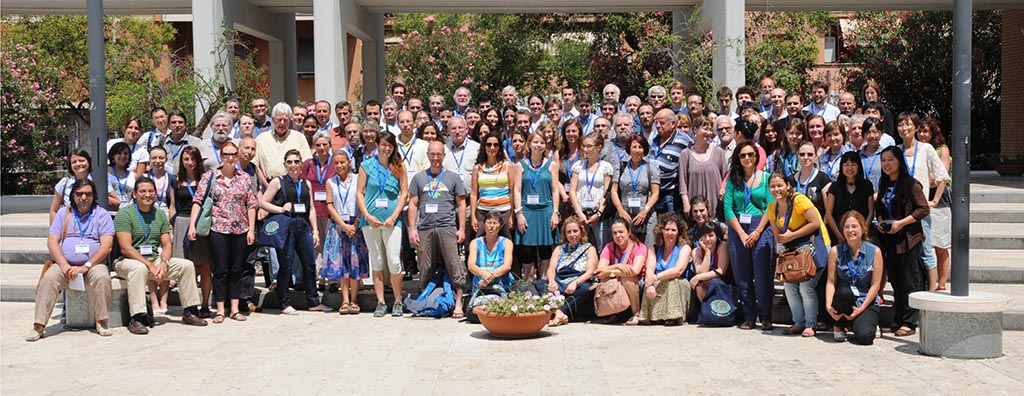Already in 1965, the German National Youth Research Competition has been initiated by Henri Nannen, a famous journalist and editor, and has meanwhile turned into a flagship initiative of the German Ministry for Education and Research.
Every year, young people up to the age of 21 present their research projects before a jury of scientists from universities and industry, hoping to receive one of the attractive prizes. The competition covers the disciplines Biology, Chemistry, Physics, Engineering, Geosciences and Working Environment. After a number of regional competitions, the winners are sent to the national finals, which take place under the patronage of the German President.
Christopher Gemeinhardt (18), pupil of a secondary school in Schleiz (Thuringia) had won the regional competition with an ostracod project under the guidance of Peter Frenzel (University of Jena) early this year. Christopher investigated a system of ponds in his home area and showed that ostracods indicate the degree of utilisation for fish farming. His results have implications for using ostracods in nature conservation monitoring and for archaeology tracing phases of intensive fish farming in medieval times. Christopher’s paper is already published in Mauritiana, the journal of the Museum Mauritianum in Altenburg, Thuringia.
Gemeinhardt, C. & Frenzel, P. (2013): Vergleichende Untersuchungen zur Ostrakodenfauna intensiv und ökologisch bewirtschafteter sowie renaturierter Fischteiche im Dreba-Plothener Teichgebiet, Südostthüringen [Comparison of ostracod associations in intensively and sustainably cultivated as well as renaturated fish ponds of the Dreba-Plothener Teichgebiet, southeastern Thuringia]. ― Mauritiana, 25: 127-143, 5 figs., 2 plates, 4 tabs.; Altenburg. [in German with English abstract]
On June, 1st, the national competition took place in Künzelsau, of course with Christopher and his presentation on the ostracods project. The jury showed themselves impressed and awarded him the honourable third prize in the field of geosciences and spatial sciences! Congratulations to the presumably youngest ostracodologist in our community!
http://schleiz.otz.de/web/lokal/leben/detail/-/specific/Schleizer-einer-der-Besten-bei-Bundeswettbewerb-Jugend-forscht-357942824


